

Obi: Interweaving History and Fashion
|
There is much to admire about traditional Japanese wear: the elaborately embroidered swishing sleeves of furisode, and the elegant pleats of hakama; these indeed draw the viewer’s eye, but there is something else that ties the entire outfit together. This article of clothing is the obi.
The obi (帯) is a type of sash that is worn with traditional Japanese clothing. It originated as a functional piece; early obi came in the form of cords or thin, ribbon-like sashes that were used by men and women alike to keep their robes closed. Over time, obi developed into a piece of clothing that was more ornamental than functional — they were made using more elaborate material and increasingly wider — and other sorts of ties were created to hold the kimono in place and keep the front closed instead. Though obi styles for men and women started out similar, more styles have since been developed for women rather than men. This change was prompted mainly by the emergence of new fashion trends during the Edo period. Early cord- and ribbon-like obi were worn with short-sleeved garments known as kosode — precursors to the kimono — but as the kosode’s sleeves grew longer and wider, so did the obi. The growing length and width of the obi also had affected the placement of the knot. Long, wide obi result in large knots that would get in the way when worn in front. While obi were originally always knotted in the front, by the start of the 20th century, it became customary for obi to be knotted in the back. Many also credit the taiko-musubi as the catalyst for the development of many fashionable styles — this knot was, known as the ‘drum knot’, finishes off with a bow round the back and puffs out like a pillow, making it beautiful to look at. It was popular amongst young women, and sparked a number of other knot styles that made obi look beautiful instead of just simply functional! In the Edo period, obi also became a way to identify people. Depending on one’s social class, one would have to knot their obi a certain way. As such, with one glance at the way an obi is tied, you can tell if someone was a samurai or a craftsman, their age, and even their marital status! For example, samurai often used tied their obi in a style known as kata-basami. Simple and secure, it serves multiple purposes: swords can be held in the obi, and it also helps improve posture and provides support around the wearer’s abdominal area. Women from samurai families often used a bunko-musubi, which looked dignified and yet, stayed secure around the wearer’s waist. Though the rules were rigid, people devised many ways to express their own style with new creative knots. Today, there are more than a hundred ways to knot obi, but many of these are variants of styles that originated in the Edo period; that these styles were able to remain popular and even inspire derivative styles is a testament to the innovative and fashion-conscious minds of people during the Edo period!
Informal occasions allow for obi made from different materials such as lightweight silk, cotton, hemp, and polyester. For example, there is the hanhaba-obi, which is an unlined obi that can be paired with an informal everyday kimono or a yukata. This obi derives its name from the fact that its width is half that of standard textiles! It is about 12cm width-wise and has a standard length of 3.6m, though longer ones are available if the wearer wants to create more elaborate knots.
|
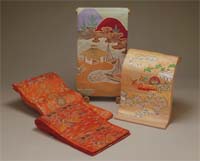 © Web Japan 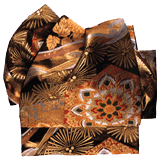 © Web Japan 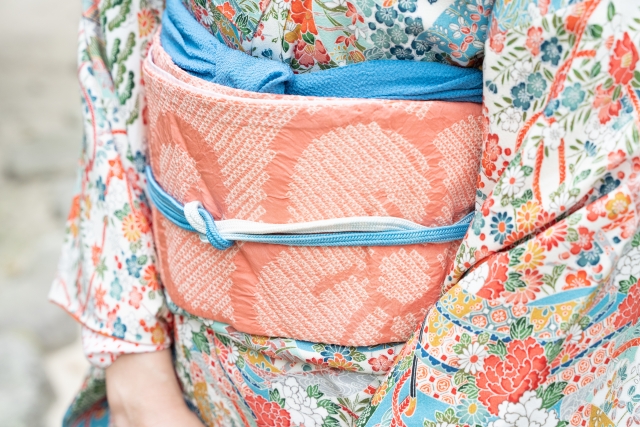 © photo AC 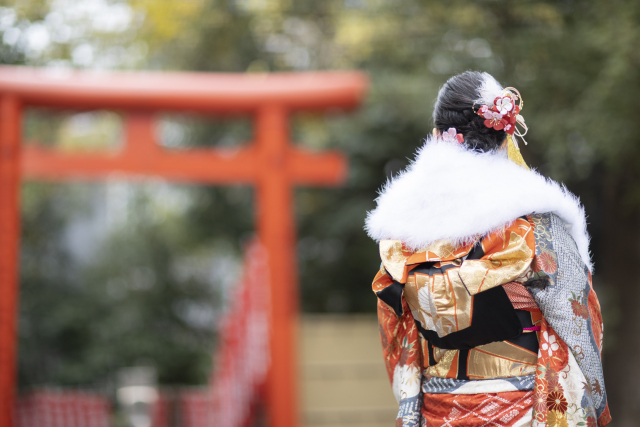 © photo AC 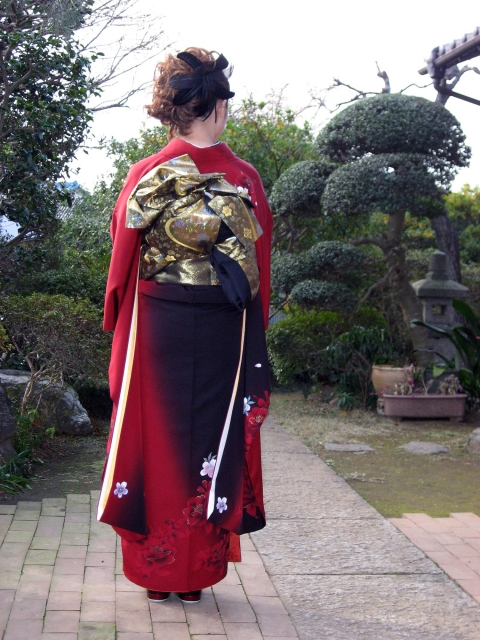 © photo AC 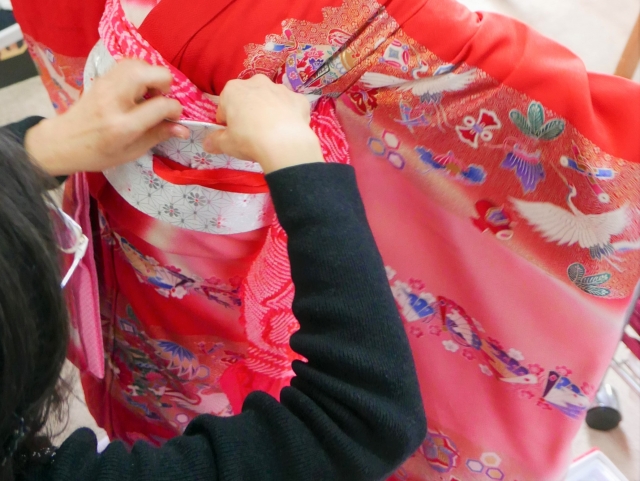 © photo AC 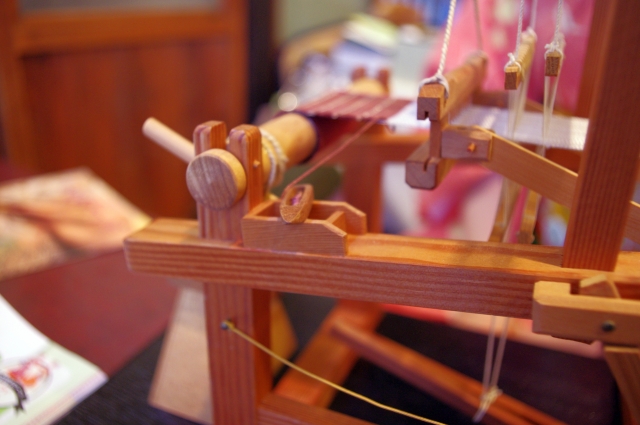 © photo AC 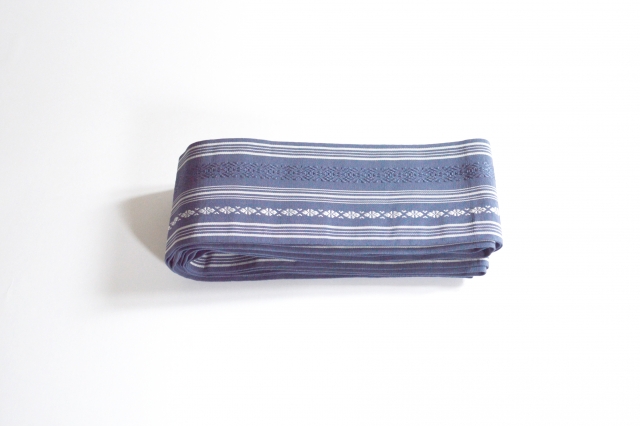 © photo AC 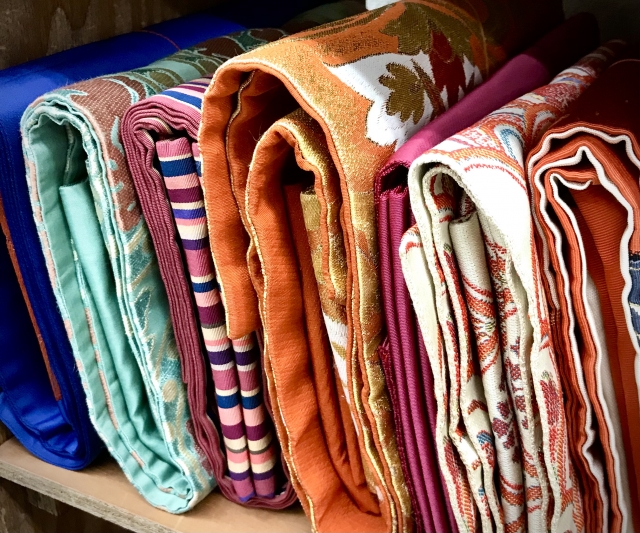 © photo AC |
Resources
|
"Kimono Types And Designs (2)". 2022. Kids Web Japan. Accessed March 25. https://web-japan.org/kidsweb/virtual/kimono/kimono03.html. Montald, Ilse. 2020. "5 Types Of Japanese Kimono Obi Knots". Wattention. https://wattention.com/japanese-kimono-obi-knots/. "The Ties Binding The Heart Of Japan". 2020. Web Japan. https://web-japan.org/niponica/niponica29/en/feature/feature03.html. Yamamoto, Masako. 2022. "Nishijin Woven Textiles". Google Arts & Culture. Accessed March 25. https://artsandculture.google.com/story/nishijin-woven-textiles-art-research-center-ritsumeikan-university/bwXhyKJQOVlWJA?hl=en. |
|
Japan Creative Centre 4 Nassim Road, Singapore 258372 +65 6737 0434 / jcc@sn.mofa.go.jp https://www.sg.emb-japan.go.jp/JCC/ Nearest parking at Orchard Hotel & Delphi Orchard |
 |